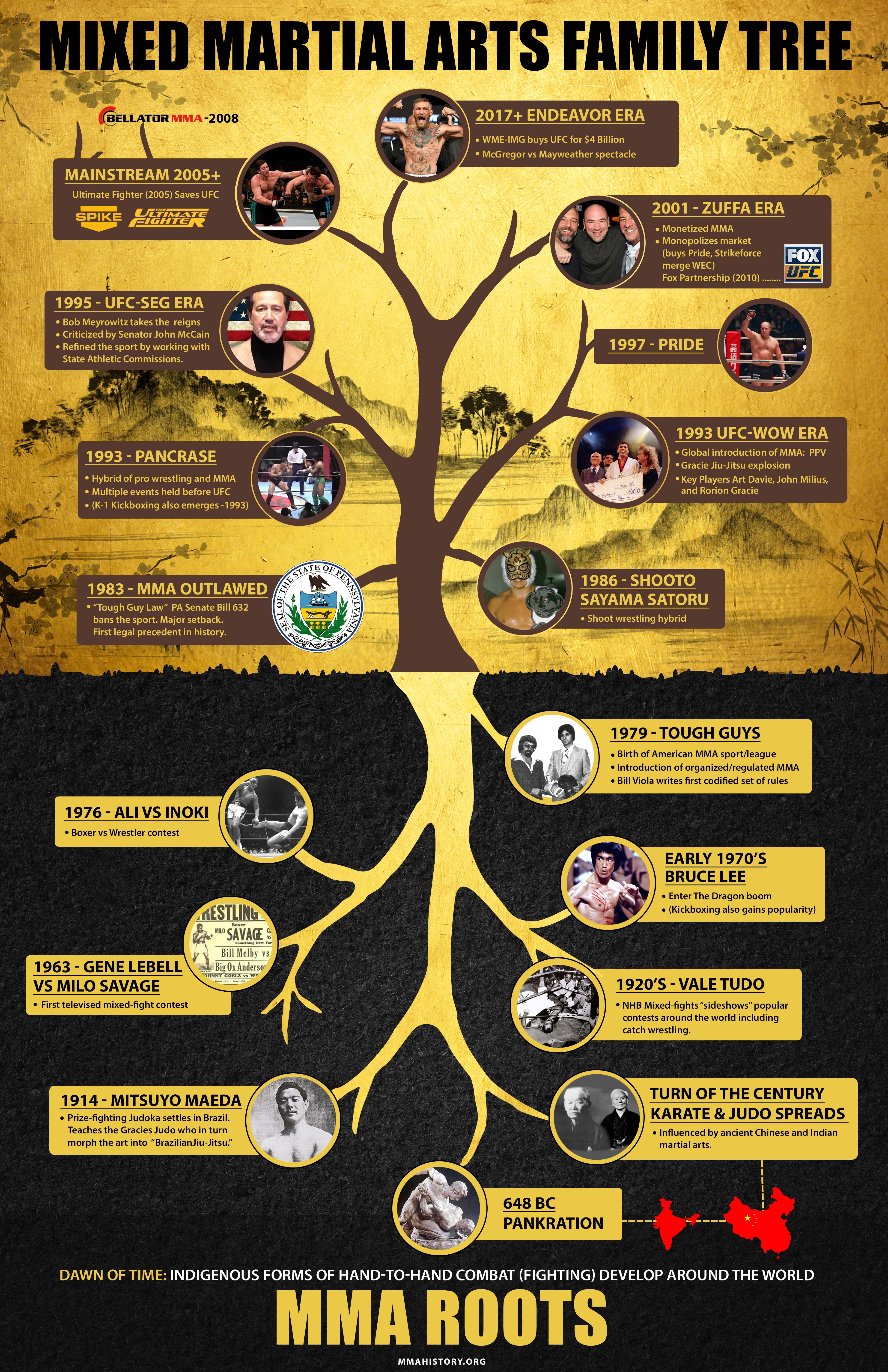The Development And Historical Relevance Of Martial Arts Throughout Various Cultures
The Development And Historical Relevance Of Martial Arts Throughout Various Cultures
Blog Article
Material By-Hess Fallon
Martial arts have a fascinating background that spans centuries and continents. You could discover it intriguing just how ancient practices like Shuai Jiao and Kalaripayattu laid the groundwork for modern fight methods. These self-controls not only highlight physical abilities however also show the cultures that birthed them. As you explore their development, take into consideration just how globalization has changed these typical forms into hybrid styles. What influences do you believe have formed today's martial arts landscape?
Ancient Martial arts: The Foundations of Battle
As you delve into the world of ancient martial arts, you'll uncover the rich structures that shaped battle strategies throughout cultures. Early techniques focused on Self-Defense and survival, frequently including strikes, hurting, and weapons.
In old China, for example, methods like Shuai Jiao emphasized throws and joint locks, while India's Kalaripayattu showcased dexterity and fluid movement. is mixed martial arts good for kids created Kenjutsu, a polished swordsmanship that highlighted self-control and approach.
These martial arts offered not just for battle however also as a way of personal advancement, instilling worths like regard and willpower. The mixing of these techniques over time prepared for the diverse martial arts you see today, each reflecting the unique viewpoints and demands of its society.
The Social Influence on Martial Arts Advancement
While martial arts frequently reflect the useful needs of a society, they additionally personify the cultural values and beliefs of their origins. When you check out various martial arts, you'll notice exactly how they're influenced by religion, viewpoint, and social standards.
As an example, the emphasis on regard and technique in Japanese martial arts originates from Zen Buddhism and samurai culture. On the other hand, Brazilian Jiu-Jitsu promotes flexibility and technique, shaped by the demand for efficiency in a varied, modern setting.
You may discover that the routines, uniforms, and training methods mirror a community's background and identity. By recognizing these social influences, you grow your admiration of martial arts and their duty fit human experiences across the globe.
Modern Adaptations and the Globalization of Martial arts
Martial arts have changed dramatically in current decades, adapting to contemporary society and worldwide influences. You'll discover that conventional types have mixed with modern-day techniques, producing hybrid styles like MMA. These adjustments cater to varied audiences, making martial arts obtainable and appealing globally.
With the rise of social media and electronic platforms, you can discover tutorials and competitions from all corners of the globe, damaging geographical obstacles. This globalization has resulted in a shared admiration for numerous techniques, from Brazilian Jiu-Jitsu to Taekwondo.
As please click the next page engage with these arts, you'll understand they're not practically fight; they advertise fitness, self-control, and mental wellness.
Ultimately, modern adaptations have enhanced the martial arts landscape, making it a dynamic and progressing technique.
Conclusion
In discovering the background and evolution of martial arts, you discover a fascinating mix of strategies, cultures, and ideologies. From old disciplines like Shuai Jiao and Kalaripayattu to the modern-day versatility seen in mixed martial arts, martial arts reflect humankind's mission for Self-Defense and personal growth. As you engage with these practices, you not only gain skills but also a much deeper appreciation for the diverse practices that form our world today. So, proceed your trip and accept the art of combat!
